
20-12-2025 23:08
Patrice TANCHAUDBonsoir, récolte sur sol sablonneux dans l'arri�

20-12-2025 15:47
Mirek GrycHi.These grew on pine wood that was heavily covere

18-12-2025 21:17
Pol DebaenstThe identification took me to Byssonectria deformi

15-12-2025 07:09
 Danny Newman
Danny Newman
indet. Rutstroemiaceae sp. on unk. fallen leavesMc

19-12-2025 10:10
Patrice TANCHAUDBonjour, récolte réalisée en milieu dunaire, a

18-12-2025 17:23
 Bruno Coué
Bruno Coué
Bonjour,je serais heureux d'avoir votre avis sur c

18-12-2025 18:07
Margot en Geert VullingsThese plumes were found on rotten wood.They strong

17-12-2025 18:35
 Michel Hairaud
Michel Hairaud
Bonjour à tous/Hi to everyone I am passing along
I'm looking for the correctly name of this Pyxidiophora. I found this fungi on deer dung. The fungus grow on fruit bodys of Lasiobolus cuniculi.
Anamorph spore: 10 µ x 4 µ
Asco spore: 40 - 45 µ x 6 µ ( at least 8 Spore in every fungus )
Ascus: not found
Greetings Sven

Your species of Pyxidiophora seems very close, or perhaps identical, to one that Meredith Blackwell and I studied in the late 1980's. Ours produced similar synnemata and ascomata to yours. It was on moose dung in northern Ontario, Canada. After studying this and other species of Pyxidiophora we concluded that it was impossible to name this and other species accurately until further work could be done on the life histories and genetics of Pyxidiophora species.
Attached is a pdf of our paper.
Regards,
Dave

We can refine the determination if Sven gets measured the beak and the cells that compose it, and the body of perithecium? The shape and size of spores is I believe also important also with the presence or absence of a dark spot at maturity. I know this very complex type whose species are difficult to ascertain.
Regards.
Michel.

I am not certain that measurements of the perithecium will be much additional help. The species can be very similar to one another yet differ considerably in how the ascospores germinate when attached to their mite host. The anamorphs on the dung substrate also differ a lot.
I think the species of Pyxidiophora are numerous and perhaps mostly undescribed. They occur on many substrates, including dung, decaying plant materials and old mushrooms. They appear to have some degree of host-specificity as well. I find them commonly on decaying seaweed on the beach where they seem to have different preferences for their hyphomycetous host.
There are some types available in herbaria, but these generally lack anamorphs and of course we have no idea of how the spores germinate. Ascospores sizes vary within certain limits, but these limits probably encompass many species. Dark spots will appear on most ascospores (all in my experience) at maturity.
This is a really challenging genus that is worthy of a Ph.D. project.
Dave

Michel.
after Sven has sent me this work (Lundqvist, N. 1980 06 16: On the genus Pyxidiophora sensu lato (Pyrenomycetes). Bot. Notiser lSS: 121-144. Stockholm. ISSN 0006-8195.) I think that the inquired species Pyx./ Mycorhynchus arvernensis in the next comes, although a complicated thing. The work from N. Lundquist is also already rather old naturally.
Greetings Peter.

Michel.
you could send me this work?
Thank you Peter.
thanks for your reply! Could you send me too this work of Doveri? I am very interested!
Sven

Michel.

https://www.researchgate.net/publication/278312910_First_record_of_Pyxidiophora_badiorostris_from_France
Best wishes
Norbert
Greetings Peter.
Also with the newer treatise it remains by my estimation.
Sven

Michel.


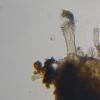
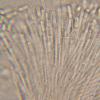
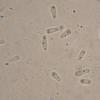
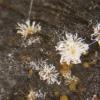
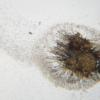
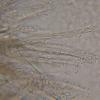
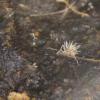
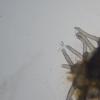
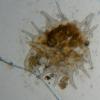
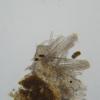
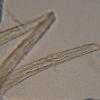
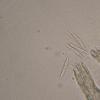

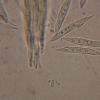
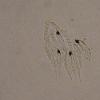
 Blackwell-amp-Malloch-Pyxidiophora-1989-0002.pdf
Blackwell-amp-Malloch-Pyxidiophora-1989-0002.pdf